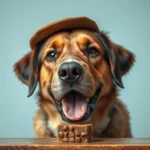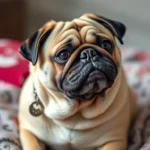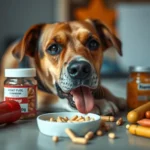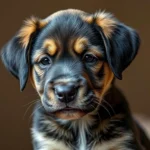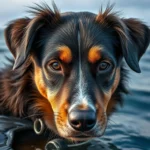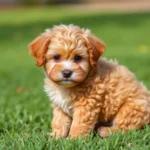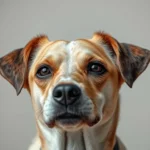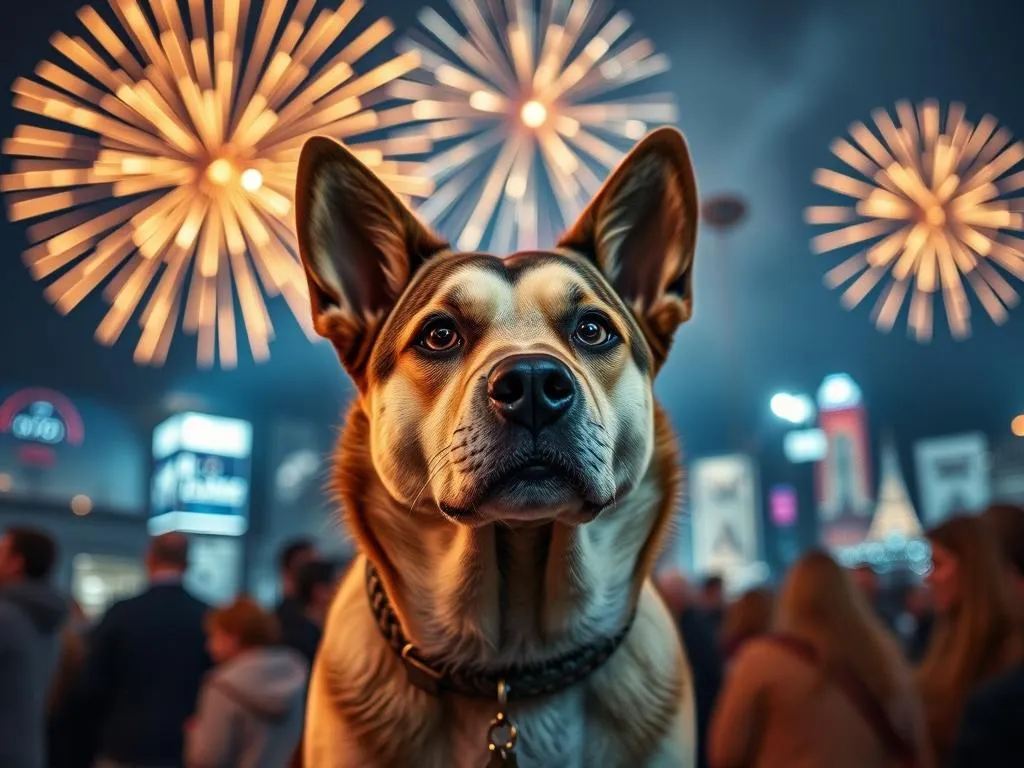
As the clock winds down toward midnight on December 31st, excitement fills the air. Families gather, fireworks light up the sky, and celebratory cheer resonates in every corner. However, amidst the festivities, it’s crucial to remember that our furry friends may not share our enthusiasm. New Year’s Eve safety tips for dogs are essential for ensuring that our pets remain safe and comfortable during these festive occasions.
Understanding the Risks
Fireworks and Loud Noises
One of the biggest challenges on New Year’s Eve is the barrage of fireworks. Many dogs are sensitive to loud sounds, and fireworks can induce fear and anxiety. Common reactions include:
- Hiding: Dogs may seek refuge under furniture or in corners.
- Vocalization: Whining, barking, or howling can be signs of distress.
- Destructive Behavior: Some dogs may chew on furniture or try to escape.
Recognizing these symptoms is vital in addressing your dog’s needs during this chaotic time.
Festive Foods and Treats
The holiday season brings an array of delicious foods that can be harmful to dogs. Certain festive treats can lead to serious health issues. Here’s a list of foods to keep out of reach:
- Chocolate: Highly toxic to dogs, even in small amounts.
- Grapes and Raisins: Can cause kidney failure.
- Onions and Garlic: Can damage red blood cells.
- Alcohol: Even small amounts can be dangerous.
Maintaining vigilance over food items during gatherings can prevent accidental ingestion and potential emergencies.
Crowds and Social Gatherings
New Year’s Eve celebrations often involve large gatherings of people, which can be overwhelming for dogs. The noise, unfamiliar faces, and the bustle can lead to anxiety. Dogs may escape or get lost in the chaos, especially if they are not accustomed to such environments. It’s essential to monitor your dog’s behavior and provide a safe space to retreat if they feel overwhelmed.
Alcohol and Other Substances
The risks associated with alcohol consumption extend beyond humans. Dogs can suffer from alcohol poisoning if they ingest even a small amount. Symptoms include:
- Vomiting
- Disorientation
- Difficulty breathing
- Lethargy
It’s vital to ensure that all alcoholic beverages are securely stored and out of reach of curious pets.
Pre-New Year’s Eve Preparations
Creating a Safe Space
Before the festivities begin, prepare a quiet space for your dog. This area should be away from the noise and chaos of the celebrations. Consider including:
- Favorite Toys: Familiar items can provide comfort.
- Blankets: Soft surfaces can help soothe anxious pets.
- Water and Food: Ensure they have access to their essentials.
A designated safe space can significantly reduce anxiety and allow your dog to feel secure during the celebrations.
Training and Conditioning
If your dog is particularly sensitive to loud noises, consider desensitizing them to fireworks and similar sounds before New Year’s Eve. Techniques include:
- Gradual Exposure: Play recordings of fireworks at a low volume, gradually increasing the sound as your dog becomes more comfortable.
- Positive Reinforcement: Reward your dog with treats and praise when they remain calm during the sounds.
Consistency is key, and starting this training several weeks in advance can make a significant difference.
Identification and Microchipping
As a precaution, ensure your dog has proper identification tags. These tags should include your contact information. Additionally, consider microchipping your dog if they are not already chipped. Microchipping provides a permanent form of identification, which can be invaluable if your dog escapes during the festivities.
New Year’s Eve Day
Routine Maintenance
Maintaining your dog’s routine is crucial, especially on New Year’s Eve. Stick to regular feeding and walking schedules. Predictability can help reduce anxiety, making your dog feel more secure even amid the celebrations.
Monitoring Environment
As the day progresses, take time to check your environment for potential hazards. Ensure that:
- Windows and doors are securely closed to prevent escape.
- Fireworks or other dangerous items are out of reach.
- Guests are aware of your dog’s presence and how to interact safely.
A proactive approach can help mitigate risks and create a safer environment for your furry friend.
Supervision of Guests
Educating your guests about dog safety is essential. Make sure they understand:
- Not to approach your dog if they are hiding.
- To respect your dog’s space and avoid overwhelming them.
- Not to feed your dog any human food without your permission.
Managing interactions can help create a more comfortable atmosphere for both your dog and your guests.
During the Celebration
Keeping Calm
During the celebration, maintaining a calm environment can help soothe your dog. Consider using calming music or pheromone diffusers to create a tranquil atmosphere. Engaging your dog with toys or games can also distract them from the festivities and help reduce anxiety.
Alternatives to Fireworks
There are many ways to celebrate without fireworks that can include your dog. Here are some ideas:
- Dog-Friendly Parties: Invite friends with dogs for a pet-friendly gathering.
- Special Treats: Prepare dog-safe treats or toys to keep them entertained.
- Indoor Games: Play interactive games that engage your dog and keep them mentally stimulated.
Including your dog in the celebrations can help them feel more at ease and part of the family fun.
Emergency Contacts
It’s wise to prepare a list of emergency contacts for the night. This list should include:
- Your veterinarian’s contact information.
- Local animal hospitals.
- Poison control for pets.
Having this information readily available can provide peace of mind during the festivities.
After the Celebration
Post-Event Checkup
Once the celebrations have concluded, take some time to assess your dog’s well-being. Look for signs that may indicate distress, such as:
- Excessive barking or whining.
- Hiding or seeking isolation.
- Physical injuries or signs of anxiety.
If you notice any concerning behaviors, consult your veterinarian to ensure your dog is healthy and safe.
Reflecting on the Experience
After the New Year’s Eve celebration, reflect on how well your safety measures worked. Consider what went well and what could be improved for future events. Adjusting your plans based on your dog’s behavior can lead to better experiences in the future.
Conclusion
In conclusion, ensuring the safety and well-being of our dogs during New Year’s Eve celebrations is paramount. By understanding the risks, preparing adequately, and maintaining a calm environment, we can help our furry friends enjoy the festivities as much as we do. Prioritizing their safety not only enhances their comfort but also allows us to celebrate with peace of mind. Share these New Year’s Eve safety tips for dogs with fellow pet owners to help spread awareness and keep all our furry friends safe this holiday season.
